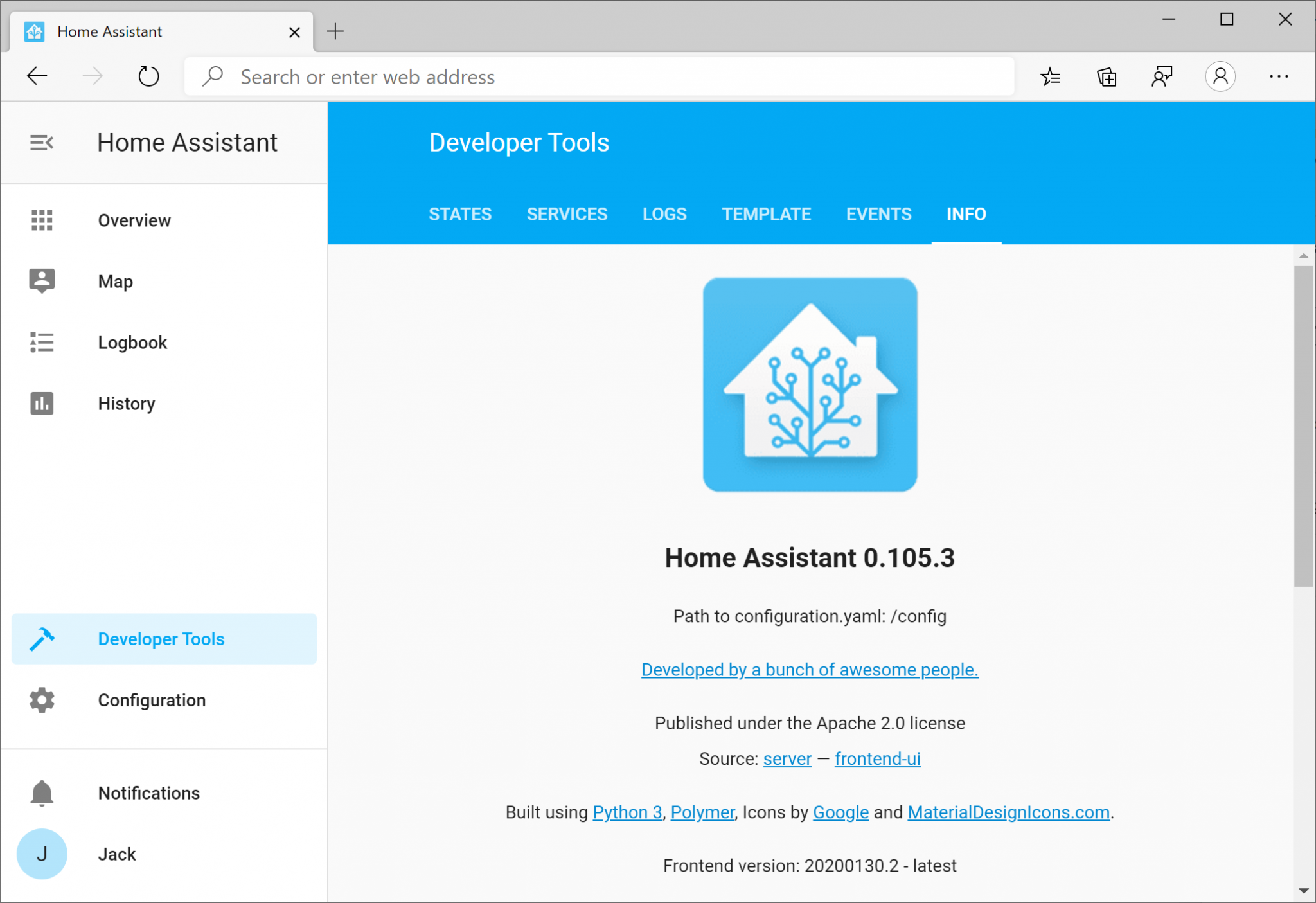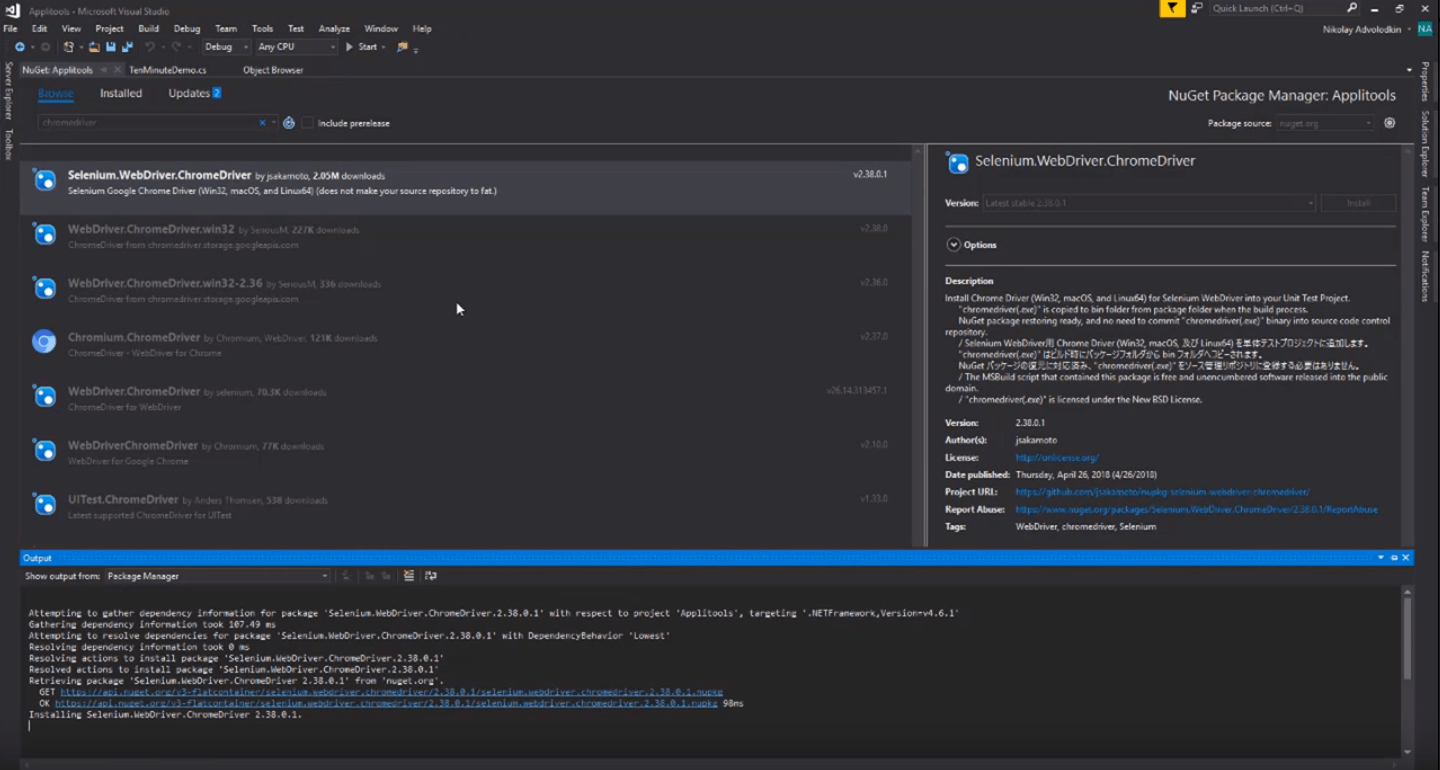

Now i have to build my app on Amazon Ubuntu 20.04 server using docker-compose, i tried lots of different ways but stil can't make it work. Tested on windows pycharm, all works great because i have Chrome installed my windows. Run Selenium Standalone Chrome Docker Image Locally ChromeDriver: ChromeDriver 2.32 works with Chrome 61 and performs well with headless Chrome. I hope it helps you and I hope someone else can spot some problem with it.Python3 app that uses Arsenic library for async web scrapping. Note this is a setup for :dev environment only. # compile deps in test environment for faster test runs when built # copy the deps in dev environment for faster builds RUN apt install -y git nodejs inotify-tools wallaby_screenshots:/opt/my-app/screenshots my-app-backend/dev/support:/opt/my-app/dev/support:ro Then create the Dockerfile in the same directory like this: FROM joyzoursky/python-chromedriver:3.6-alpine3.7 RUN mkdir packages ADD requirements.txt packages RUN pip install -r packages/requirements.txt Then build the image: docker build -t yourimage. my-app-backend/entrypoint.sh:/opt/my-app/entrypoint.sh:ro my-app-backend/docker/.iex.exs:/opt/my-app/.iex.exs:ro my-app-backend/mix.lock:/opt/my-app/mix.lock:ro my-app-backend/mix.exs:/opt/my-app/mix.exs:ro my-app-backend/seeds:/opt/my-app/seeds:ro Once you install the Docker, open the command prompt and type. Before we proceed with creating chrome/firefox node on docker container, let us first see how to create a simple docker container. my-app-backend/config:/opt/my-app/config:ro my-app-backend/assets:/opt/my-app/assets:ro orf on parent context favorite on: What Exactly is Docker > install chromedriver.

When I run the tests I get the following error: ** (RuntimeError) Wallaby had an internal issue with HTTPoison: Image: selenium/node-chrome:3.14.0-gallium (above section omitted) COPY package.json. Your container needs to have the right dependencies installed. It also helps you isolate your environment during development, so you don’t need to install Chrome locally. In your Dockerfile, copy these files into the container and use npm ci to install Puppeteer. Running Puppeteer in a Docker container lets you automate webpages as part of your CI pipelines and production infrastructure. This will create a package.json and package-lock.json for you to use. This demo of using Selenium and Docker for test automation will use the following tools and technology: Python, binded with Selenium WebDriver. Now run npm install puppeteer in your local working directory. Verify Docker: Now after successfully installing docker, open your Terminal or command line. After Successfully installing Docker you can see the Docker Running on top of your machine as service.

I am trying to get Wallaby setup with Chrome and Selenium (these are hosted as docker compose), here is my docker compose file. The pre-requisite step to run a Selenium test in a Docker container is installing Docker as well as using the right tools in your tech stack. Step 1: Download Docker from Step 2: Depending on the Operating System you are using Install Docker.


 0 kommentar(er)
0 kommentar(er)
